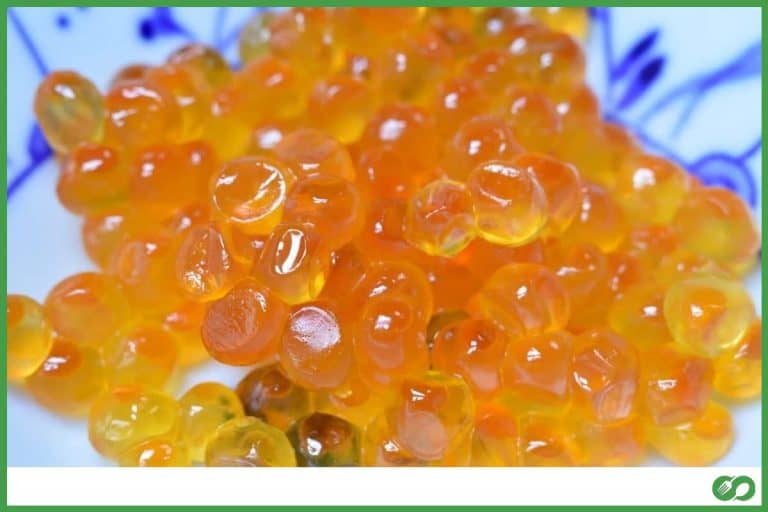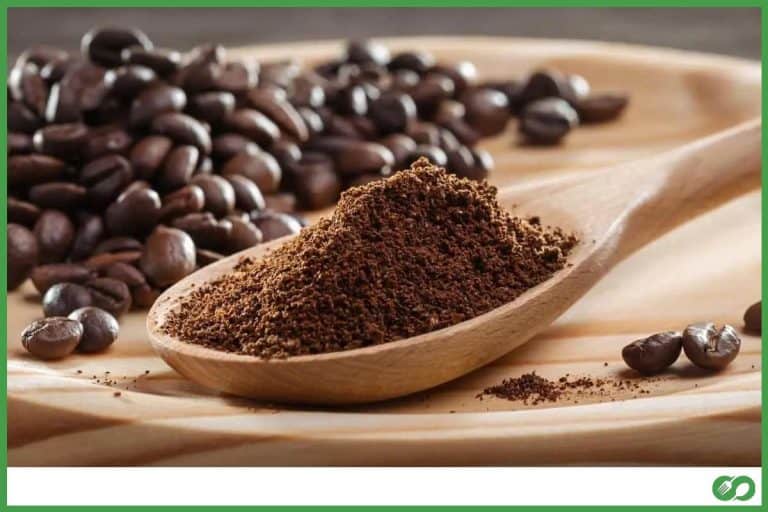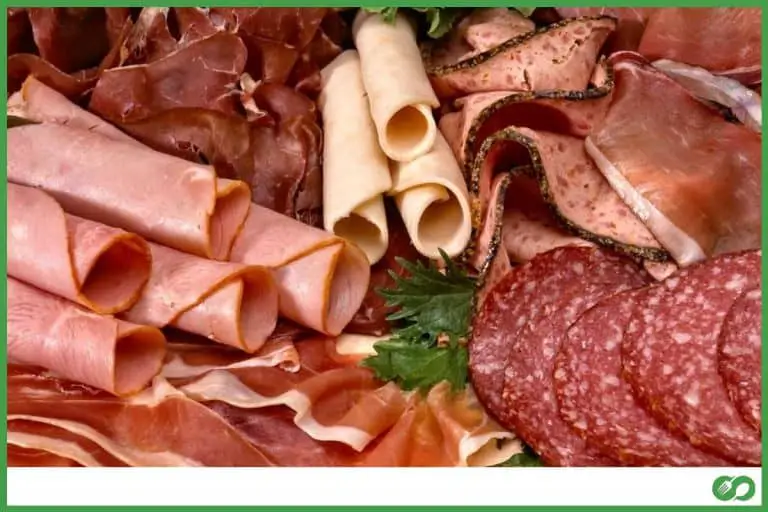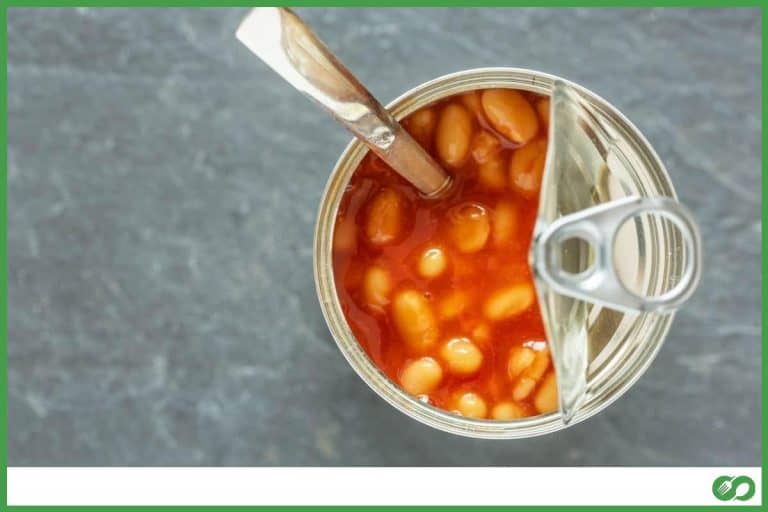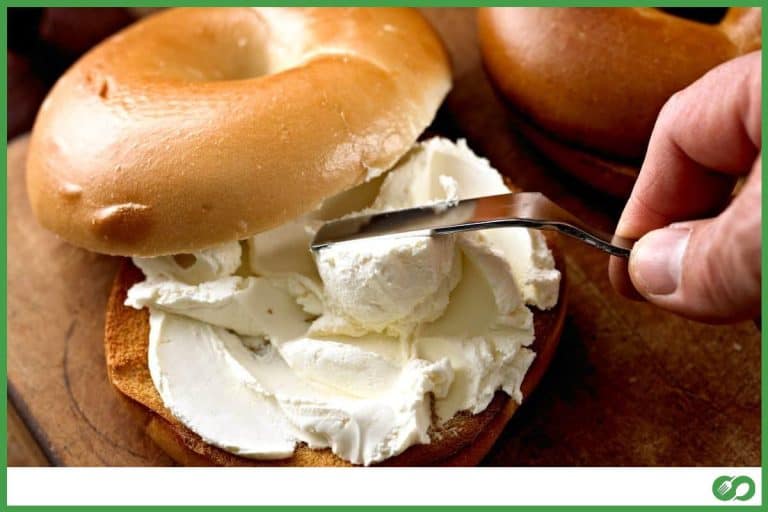How Accurate Is the Expiration Date on Chicken?
This post may contain affiliate links which means that, if you choose to make a purchase, I may earn a small commission at no extra cost to you.
When I’m buying groceries at the supermarket, I like to be thrifty and look for deals. Even if saving a few dollars wouldn’t make any real difference, I can’t help myself when there’s a good discount. However, sometimes that comes at a cost. For instance, when the last few packs of chicken thighs on the shelf are very close to their “sell-by” dates, there’s a big discount. But is it safe?
It’s perfectly safe to eat chicken even after the sell-by or use-by date has passed. It’s an indication of the quality and not safety. The USDA recommends consumers cook chicken within a day or two of purchase. Beyond that, it’s at your own risk after checking for signs of spoilage.
Let’s dig deeper and uncover the fog surrounding sell-by and use-by dates and figure out how accurate they are.
Federal Law about food product dating
For years, I thought that the use-by and sell-by dates on meat, poultry, and dairy products were required by federal law. Surprisingly, that’s not the case at all. According to the USDA, apart from infant formula and baby foods, product dating isn’t required by federal regulations. While some states do require product dating on dairy products, product dating is completely voluntary for the manufacturers.
Both the FDA and USDA share oversight on everything that can be consumed and sits at a store or supermarket. However, they are not required by federal law to regulate food date labels apart from baby formula and baby food. While the FSIS, a science-based national system and agency, ensure that the food is safe for consumption and properly labeled, they do not require product dating.
Manufacturers do it at their own discretion and for a bunch of reasons. From ensuring that the store sells their food at optimal quality and since consumers have been used to seeing these dates. I would personally think something is wrong with those chicken thighs or milk cartons if they don’t have use-by or sell-by dates.
Use-by and Sell-by date
By now, you may be as shocked as me if you don’t work in the food and beverage industry. It’s clear that the dates on the raw chicken at the supermarket aren’t expiration dates. Instead, they indicate the quality of the chicken to make sure that it is sold while it maintains peak freshness.
The “sell-by” or “sell-thru” dates are not for you but for the retailers and the store staff. It‘s a guideline for them to sell the chicken or get it out of the store before that date. On the other hand, “use-by” dates are usually added by poultry producers to recommend a timeframe for consuming the product at its best.
Here’s another shocker. According to the FDA, those dates are not based on science. While the FSIS regulations prohibit manufacturers from placing misleading or false information on the label, they are not required to get agency approval for voluntary date labels based on quality. Manufacturers aren’t required to specify how they arrived at those dates.
So, most foods, including chicken, may be safe for consumption past the best-by, use-by, or sell-by date. However, I always inspect them for spoilage if they are past that date, especially for dairy, meat, fish, and poultry. I like to use the following chart referenced from the one on the FDA website since product dates aren’t a guide for safety.
| Product | Refrigerator | Freezer |
| Eggs | 3-5 weeks | Shouldn’t be frozen |
| Fresh Meat | 3-5 days | 6-12 months |
| Ground Meat | 1-2 days | 3-4 months |
| Fresh Poultry | 1-2 days | 9 months |
| Cooked Poultry | 3-4 days | 4-6 months(1-3 months for nuggets and patties) |
| Hot dogs and Lunchmeat | 1-2 weeks | 1-2 months |
| Bacon and smoked patties | 7 days | 1-2 months |
| Raw sausage | 1-2 days | 1-2 months |
| Fish and shellfish | 2-4 days | 3-6 months |
How to tell if the chicken has gone bad?
It is possible to guess whether the chicken has gone bad from its smell, texture, and appearance. If the chicken looks slimy or sticky with an “odd” or weird color and has a foul or unpleasant smell, the chicken has spoiled. Never try to do a taste test to check for chicken spoilage.
Even when I have the FDA chart with me, I still check for signs of spoilage after the use-by and sell-by dates. Here’s how you can check for signs of spoilage:
- Smell – Fresh raw chicken has a mild meaty smell or no odor. If the chicken smells foul or unpleasant, it has gone bad.
- Appearance – Fresh raw chicken has a very light pink color. If it’s spoiled, it will develop a gray, green or yellow hue.
- Texture – When it comes to texture, slightly glossy is the norm. If it goes bad, it will develop a sticky and gross slimy texture.
If the use-by date has passed, you can’t find any of the above-mentioned signs of spoilage, and still have doubts about the freshness of the chicken, it’s best to throw it away. Being on the side of caution would protect you from many diseases. Spoiled chicken may have dangerous bacteria like salmonella. A sliver of doubt is enough to throw it away.
Can you freeze chicken?
Both raw and cooked chicken can be frozen. Raw chicken can last up to 9 months while frozen and cooked chicken can last around 4 to 6 months. However, they need to be packed well before they are frozen.
If your raw chicken is out of the store package, you must seal it in airtight packaging to protect the chicken from freezer burn. The last thing I want is to chew on leathery chicken when I cook that frozen chicken after a few weeks. However, vacuum sealing is an even better option. I use vacuum sealers before I store raw meat of any kind inside the freezer.
Raw chicken can be cooked directly after you bring it out of the freezer. When I need to store cooked chicken in the freezer, I use the same vacuum sealing method. When I need to bring it out, I allow it to thaw overnight in the refrigerator and then reheat it in the microwave.
Conclusion
While I was quite surprised to know that chicken doesn’t come with an expiration date and the “use-by” dates are simply an indication of quality, it doesn’t really make a major difference to me. I’ve always checked for signs of spoilage before cooking chicken and would continue to do the same.


